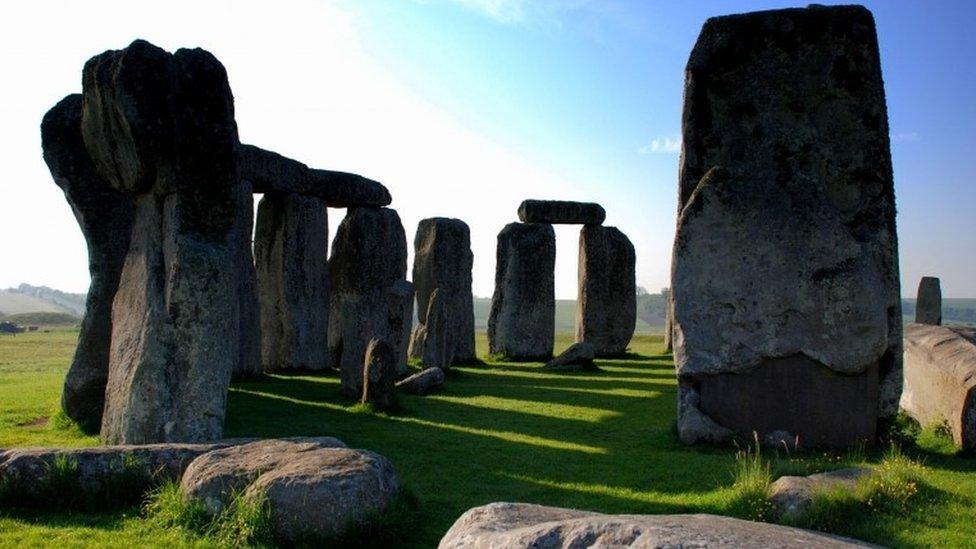Stonehenge tunnel: The background to the row
- Published
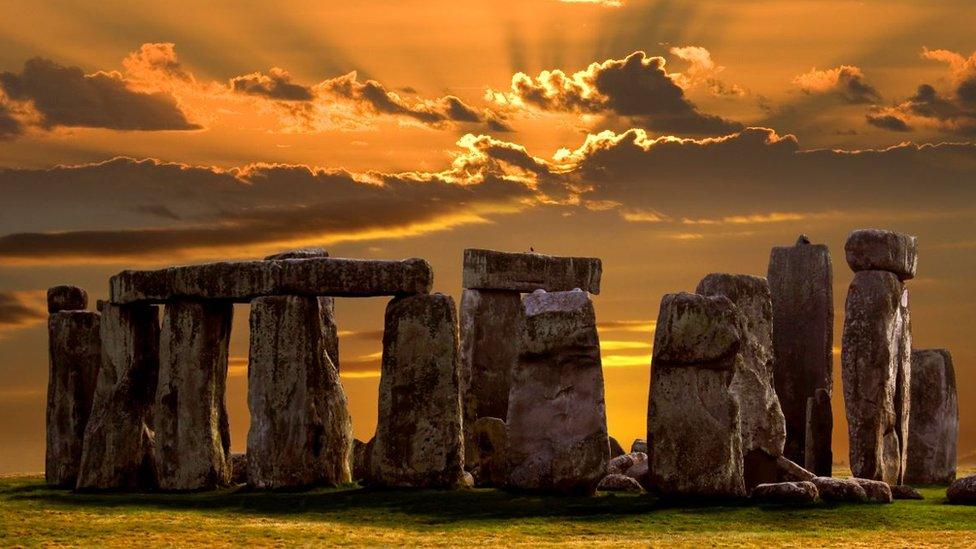
Will tunnel destroy secrets of Stonehenge?
Stonehenge is one of the UK's most popular tourist attractions, drawing 1.5m visitors alone last year. But plans to build a road tunnel nearby to help ease congestion have enraged some archaeologists.
Here is the background to the row.
Why is a tunnel being built?

Visitors to Stonehenge typically arrive there via the A303, a major link road between London and the South West.
However, the single carriageway section of road past the site is a notorious bottleneck, especially in the summer months.
Traffic is typically at twice the level the road was designed to accommodate, says Highways England.
It also runs just 165m (180yds) away from the stone circle.
Plans to upgrade the section of road to a dual carriageway were adopted by the government in 2014. However, a 1.9-mile (3km) tunnel would be dug nearby to hide the traffic as it goes past Stonehenge.
Why are people against it?
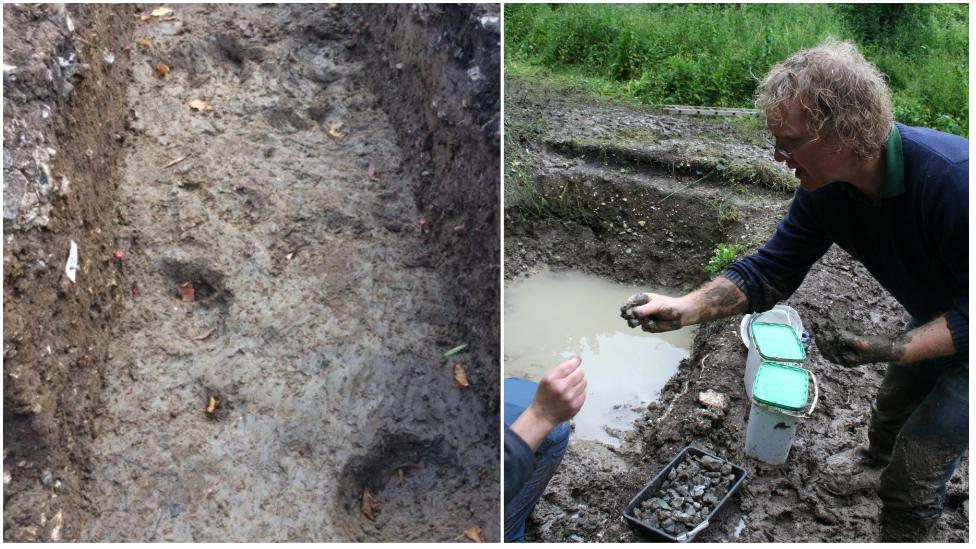
Wild cattle footprints dating back 6,000 years have been found at Blick Mead
Opponents fear building the tunnel could result in the destruction of undiscovered archaeological evidence which could help shed more light on the history of the site and, in particular, why the stone circle was erected.
"The planned engineering works would scar the Stonehenge landscape for ever," says the Stonehenge Alliance on its website., external
"There would be extensive tunnel cuttings into the chalk for four lanes of tarmac, and massive highway interchanges through sensitive archaeological areas."
It says the outstanding universal value of Stonehenge transcends any consideration of sorting out a 21st Century part-time traffic jam. It has set up a petition to stop the tunnel being built.
"Traffic will decrease over coming years and it seems very wrong to be spending that amount of money on something that will cause irreparable damage to the World Heritage Site," said Kate Fielden, the alliance's honorary secretary.
"There are so many things that are uncertain. There's what will happen to the water table and how a change in the moisture of the earth could affect how artefacts are preserved.
"Then there's the geology - soft chalk is not the best material to be tunnelling through. Can we assure it's water tight? There's so much we don't know."
The International Council on Monuments and Sites (Icomos), which advises Unesco, said the plans were "severely flawed" and the "whole project must be re-assessed".
What's the latest row about?
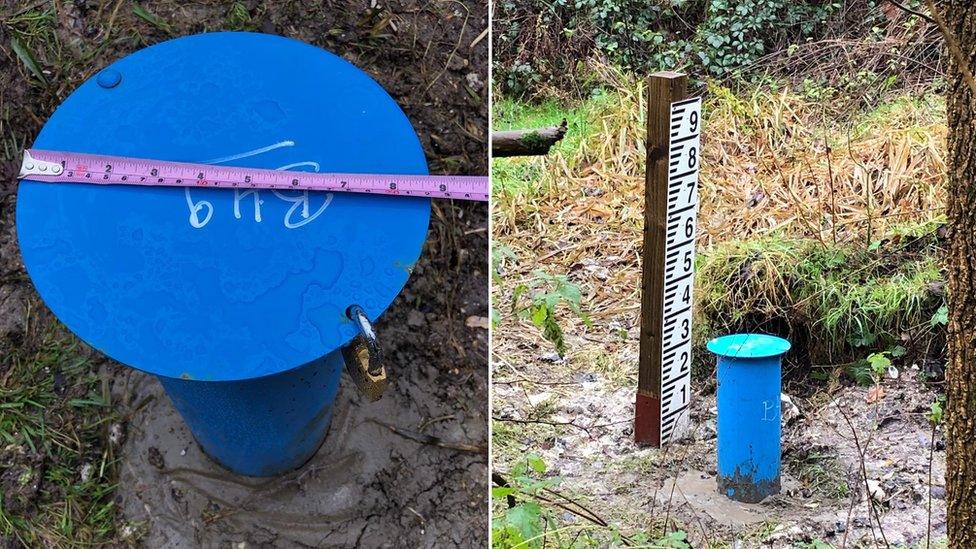
Engineers dug a 3.5 metre deep hole through a 6,000-year-old man-made "platform" at Blick Mead
Highways England workers monitoring water levels recently dug a 3.5m deep hole at Blick Mead, about 1.5 miles (2.4km) from Stonehenge. However, archaeologists claim they have disturbed a newly-discovered man-made platform dating back 6,000 years.
This site is where hoof prints of wild cattle known as aurochs have been found perfectly preserved, in a seemingly a ritualistic manner,
Professor David Jacques, who is the leading archaeologist on the site, said engineers had not consulted him before digging on the platform.
But Highways England said Prof Jacques was notified, no archaeological damage had been caused and its engineers "adhered to guidelines".
What does Highways England say?
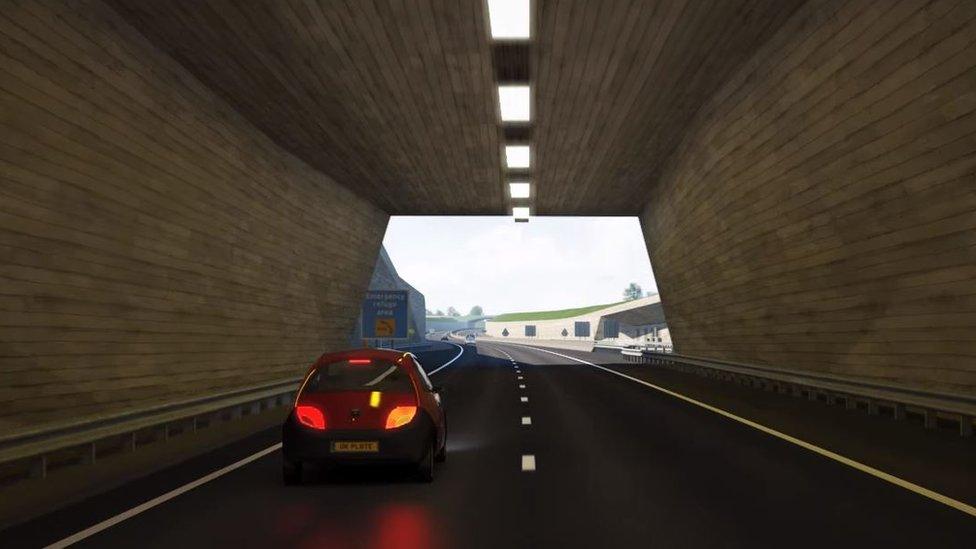
A visualisation of what the tunnel could look like
Highways England says its plan will enhance the 10,000-acre site by reconnecting parts of it previously divided by the road.
It also claims the road improvements will boost the economy of south-west England by improving transport links with London and the South East.
It has also insisted its water table monitoring scheme "will have no significant effects on the Blick Mead area".
What happens next?
Highways England inspectors are meeting Prof Jacques to assess the situation at Blick Mead.
The Planning Inspectorate will examine the tunnel and road improvement plan and a public examination will begin early in 2019.
The Stonehenge Alliance is urging people to register as an interested party, external to have their say by 11 January.
A recommendation will be made to the Secretary of State who will make the final decision on whether the scheme should proceed.
If it gets the green light, work is scheduled to start in 2021.
- Published6 December 2018
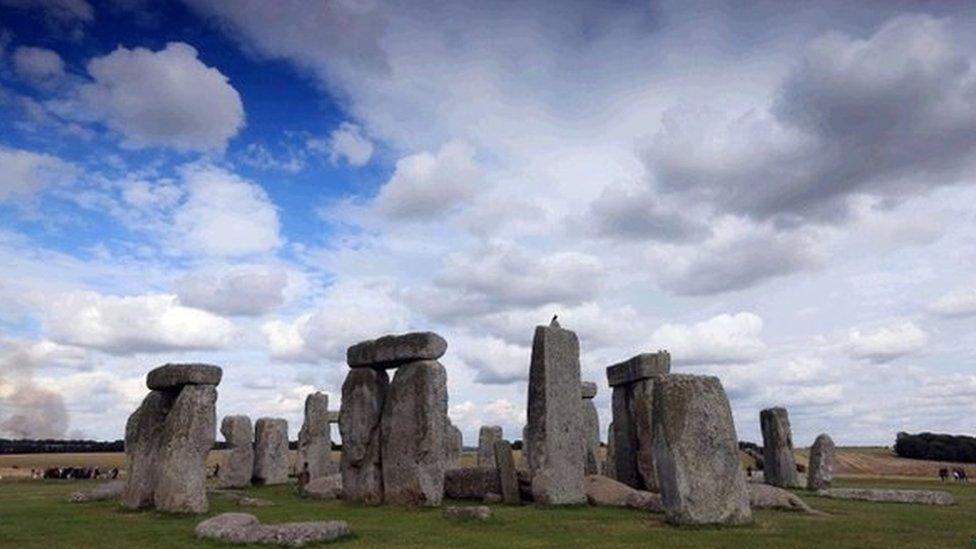
- Published19 October 2018
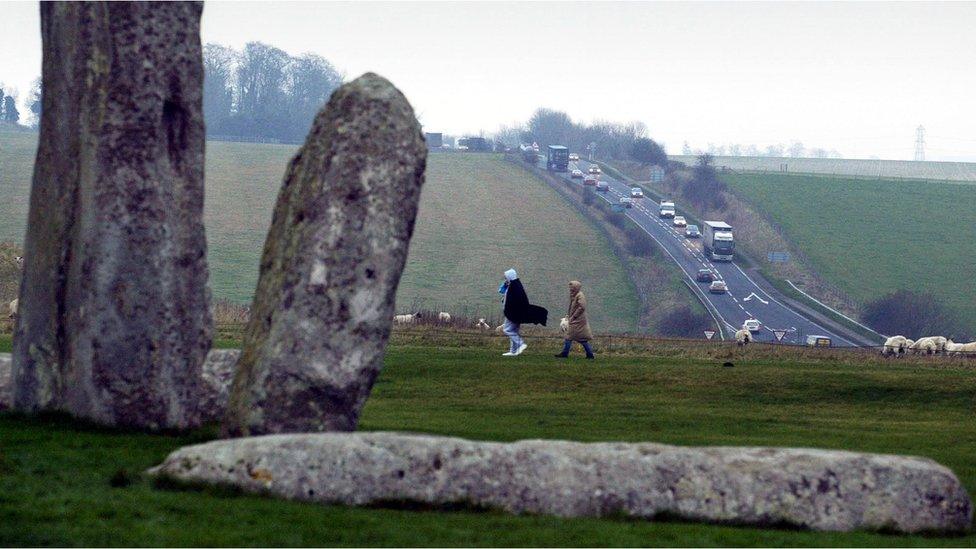
- Published1 December 2014
